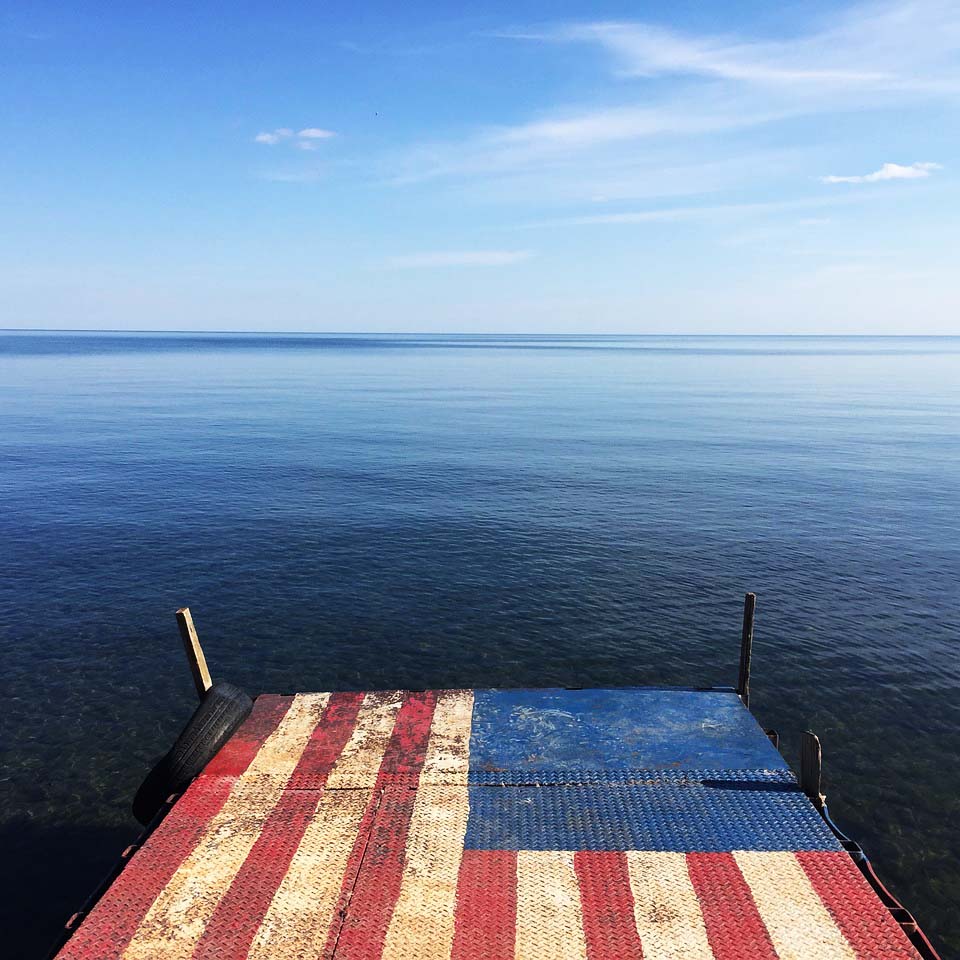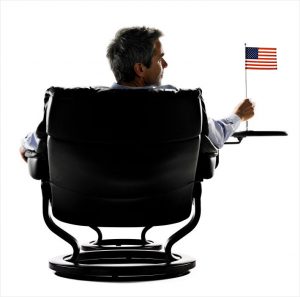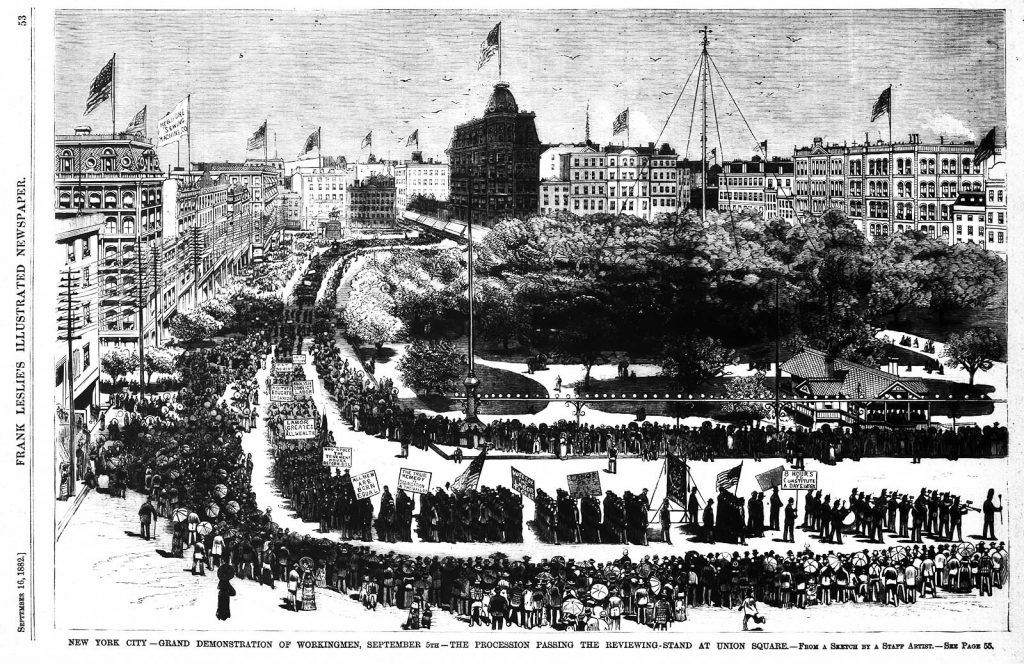
Another summer is coming to an end, which gets me thinking about how we celebrate Labor Day. I think I am going to celebrate with a long walk off a short pier.
Labor Day marks the end of the season, of vacations for parents and kids alike, and the start of school and back to work. Of course, millions of Americans labor on through summer with no vacation in sight, needing to put bread on the table and make a better life for their kid. They are a rich part of the fabric of American life and the American Dream.
This day, the first Monday in September is for them.


Of course, God celebrated the very first Labor Day on Sunday. But after that the very first in the United States took place in New York City on September 5, 1882. Perhaps, excepting those who were there, no one realized it was history in the making.
The parade was organized by the Central Labor Union of New York, Brooklyn, and New Jersey, and the sometimes beleaguered Knights of Labor, a major national union of the time. Matthew Maguire, secretary for the Central Labor Union is given credit for the idea, but so too is Peter McGuire, founder of the United Brotherhood of Carpenters, who witnessed a similar holiday in Canada.
Truth be told, credit goes to the American worker.
It started with a few thousand workers who gathered on Broadway in front of City Hall in Lower Manhattan. There was milling about until the New Jersey ferry delivered the Jewelers Union of Newark Two, a group of 200 who doubled as a much-needed band. Soon, everyone wanted to join in the parade. There were brick layers and masons, shoemakers and jewelers, clothing cutters and dress makers, as well as machinists, engineers, and blacksmiths, Americans of all stripes.
If there was a guest of honor, it was the fiery Henry Ward Beecher, a New York American Congregationalist clergyman, who rode in a carriage at the front of the parade.

Gathering steam, ten to twenty thousand workers and their families marched up Broadway to Union Square, where they circled the park. Then, it was on to on to 42nd Street, and then to a festive picnic at Wendel’s Elm Park at 92nd Street and 9th Avenue.
Newspapers around the country gave the event mixed reviews, but the American people took note. Oregon became the first state in 1887 to recognize the holiday. New York and other states soon followed; and by 1894, it was officially a national holiday celebrated the first Monday in September.
Notes.
The much-talked-about Henry Ward Beecher was involved in the abolitionist movement prior to the Civil War and afterwards the temperance movement and the women’s suffrage movement. Henry was brother to Harriet Beecher Stowe who wrote Uncle Tom’s Cabin. But, most talked about was his trial in 1874 for adultery.
Union Square was first called Union Place, and before that, the Forks to describe its location at the junction of the Bowery, Broadway, and University Place at 14th Street. In the beginning, it served as a burial ground for indigents, then it became New York’s theater district and home to desperate out-of-work actors.
Symbol of the Labor Day movement was the bronze equestrian statue of George Washington in Union Square, dedicated in 1865 and the oldest sculpture in the New York City.
Wendel’s Elm Park was named for the Weird Wendel family, then New York City’s largest landlords and a strange family of six unmarried daughters and a son who all lived together in a four-story house at the northwest corner of Fifth Avenue and 39th Street with no electricity or telephone.
